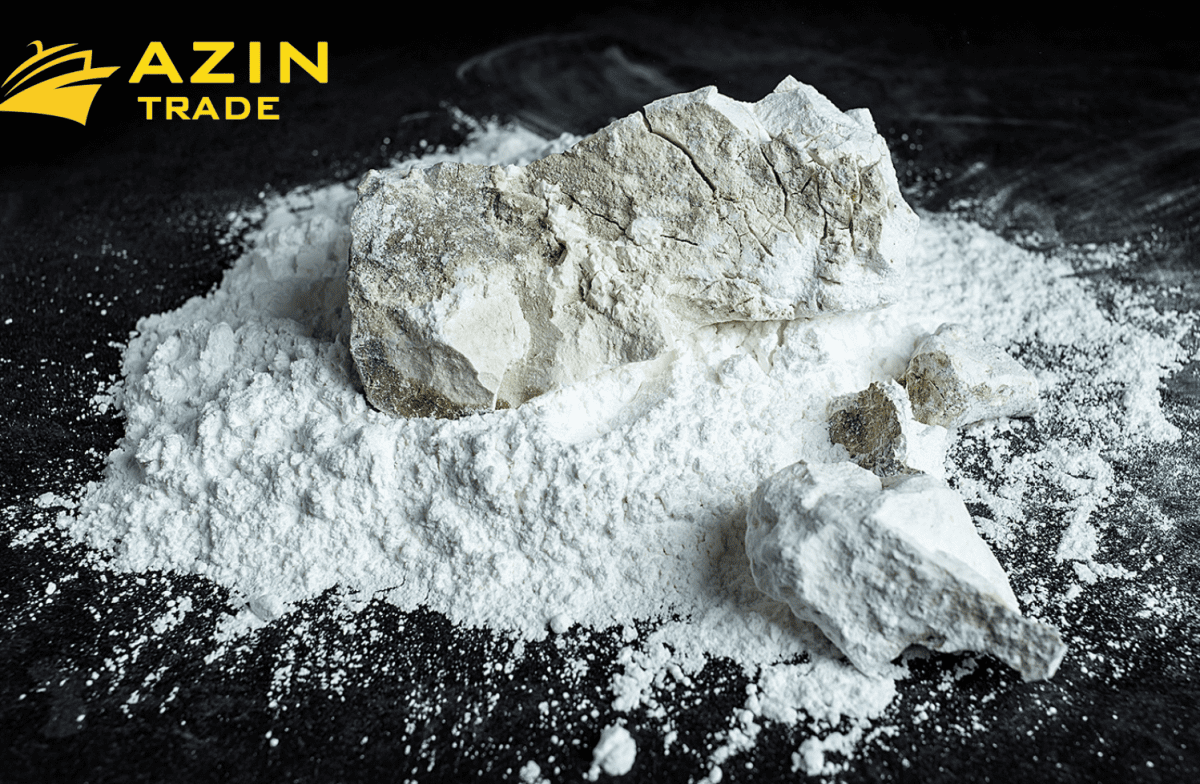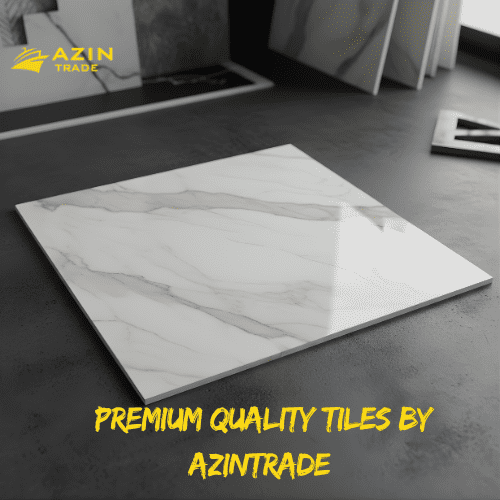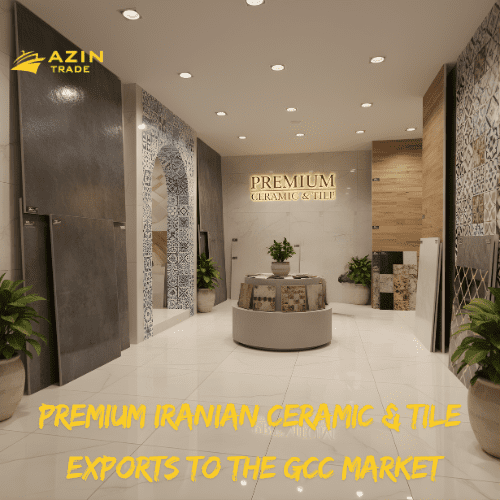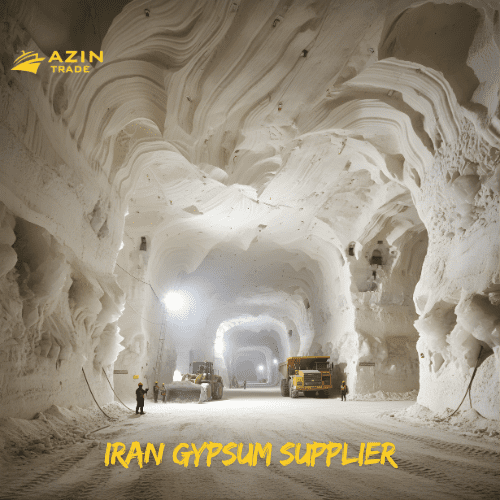Quicklime: A Strategic Export Commodity with Expanding Horizons
Quicklime, also known as calcium oxide, has cemented its position as a cornerstone material in various industries worldwide. Its extensive applications, ranging from steel production and water treatment to construction and agriculture, make it a vital resource in the global industrial landscape. As demand continues to rise, quicklime exports are becoming a key focus for major producing nations, driving economic growth and fostering international trade relationships.
What is Quicklime?
Quicklime, or calcium oxide, is derived by heating limestone in a process called calcination. This process removes carbon dioxide from the raw material, resulting in a highly reactive product. Its primary characteristic is its ability to react rapidly with water to form slaked lime (calcium hydroxide), which is widely used in numerous industrial processes. Quicklime’s high reactivity and versatility have made it indispensable in industries such as metallurgy, construction, chemical production, and environmental management.
Global Export Trends
The export market for quicklime has witnessed notable growth in recent years, fueled by increased industrial activities worldwide. Emerging economies and established industrial powers alike require quicklime for a variety of applications, leading to a consistent rise in trade volumes.
Leading Exporters
Countries like China, India, Iran, and Turkey are at the forefront of quicklime production and export. These nations benefit from abundant limestone reserves, advanced production facilities, and competitive labor costs, enabling them to meet global demand effectively. Quicklime from these producers is valued for its quality and cost efficiency, making it a preferred choice in international markets.
Key Importers
The global demand for quicklime is driven by regions with burgeoning industrial sectors:
- Asia: Nations such as the UAE, Qatar, Saudi Arabia, and India are leading importers due to their robust oil, gas, and construction industries. Quicklime is critical for neutralizing acidic waste in petrochemical processes and stabilizing soil in infrastructure projects.
- Europe: Countries like Germany, Italy, and Spain rely heavily on quicklime for their steel manufacturing and chemical production sectors. The European Union’s stringent environmental regulations further drive the demand for high-quality quicklime in water treatment and pollution control.
- Africa and Latin America: Emerging markets in these regions are experiencing rapid industrialization, with construction and manufacturing industries at the forefront. Quicklime plays a pivotal role in meeting these growing industrial needs.
Industrial Applications Driving Demand
The versatility of quicklime contributes significantly to its high demand:
- Steel Industry: Quicklime is an essential fluxing agent in steel production. It removes impurities like silica and sulfur, ensuring the production of high-quality steel.
- Water Treatment: Quicklime is used to adjust pH levels, treat wastewater, and remove heavy metals, aligning with global efforts to promote environmental sustainability.
- Construction: Quicklime enhances soil stabilization, paving the way for durable foundations in large-scale infrastructure projects. It is also used in the production of autoclaved aerated concrete (AAC), a lightweight building material.
- Agriculture: As a soil conditioner, quicklime improves soil quality, controls acidity, and enhances crop yields.
- Chemical Production: Quicklime is a key component in the production of calcium-based chemicals like calcium carbide and calcium hypochlorite.

Advantages of Quicklime in Global Trade
1. Stable Global Demand
Industries such as steelmaking, water purification, and construction exhibit consistent demand for quicklime, ensuring a steady market for exporters. This reliability makes quicklime a lucrative commodity in international trade.
2. Cost Competitiveness
Major producers benefit from low-cost raw materials and efficient manufacturing processes, enabling them to offer competitive pricing. This advantage helps them secure a dominant position in global markets.
3. Wide Application Range
The extensive uses of quicklime across various sectors enhance its appeal as a strategic export product. Its importance spans critical industries, making it indispensable for developing economies and established industrial nations alike.
Quicklime’s Role in Iran’s Export Landscape
Iran is emerging as a key player in the quicklime market, leveraging its abundant limestone reserves and proximity to major import markets. Iranian quicklime is highly regarded for its quality and cost-effectiveness, which has helped it establish a strong presence in the Middle East, Asia, and beyond.
Azintrade: Pioneering Quicklime Production and Export
Azintrade, a leading Iranian producer and exporter of quicklime, is playing a significant role in shaping the country’s position in the global market. The company prioritizes quality and sustainability, utilizing advanced production techniques to deliver premium quicklime to clients worldwide.
Azintrade’s strategic initiatives include:
- Expanding Production Capacity: The company continuously invests in modern facilities to enhance production efficiency and meet growing demand.
- Ensuring Quality Compliance: Azintrade adheres to international standards, ensuring its quicklime meets the stringent requirements of diverse industries.
- Fostering Global Partnerships: Through long-term trade relationships, Azintrade secures a reliable customer base in key export regions, including Europe, Asia, and Africa.
Azintrade’s focus on innovation and customer satisfaction positions it as a reliable partner for businesses seeking high-quality quicklime.
Challenges in the Quicklime Market
Despite its many advantages, the quicklime industry faces certain challenges:
- Environmental Concerns: The calcination process produces carbon dioxide, contributing to greenhouse gas emissions. To address this, producers are exploring carbon capture technologies and alternative production methods.
- Logistics and Transportation: Quicklime’s reactivity requires careful handling and specialized packaging during transport, increasing logistical complexities.
- Economic and Geopolitical Factors: Market fluctuations and trade restrictions can impact the stability of quicklime exports.
Future Outlook
The future of the quicklime market appears promising, with ongoing industrialization and infrastructure development driving sustained demand. Innovations in production technology and a growing emphasis on sustainability will further enhance the industry’s prospects. As a key player in this evolving landscape, Azintrade is well-positioned to capitalize on emerging opportunities, reinforcing Iran’s role as a major quicklime exporter.
Conclusion
Quicklime is more than just a raw material—it is a cornerstone of modern industry. From steel production to environmental management, its applications are diverse and indispensable. As global demand continues to grow, countries like Iran, with leading companies such as Azintrade, are poised to shape the future of this dynamic market. Through innovation, strategic planning, and a commitment to quality, the quicklime industry will remain a vital component of global trade for years to come.




